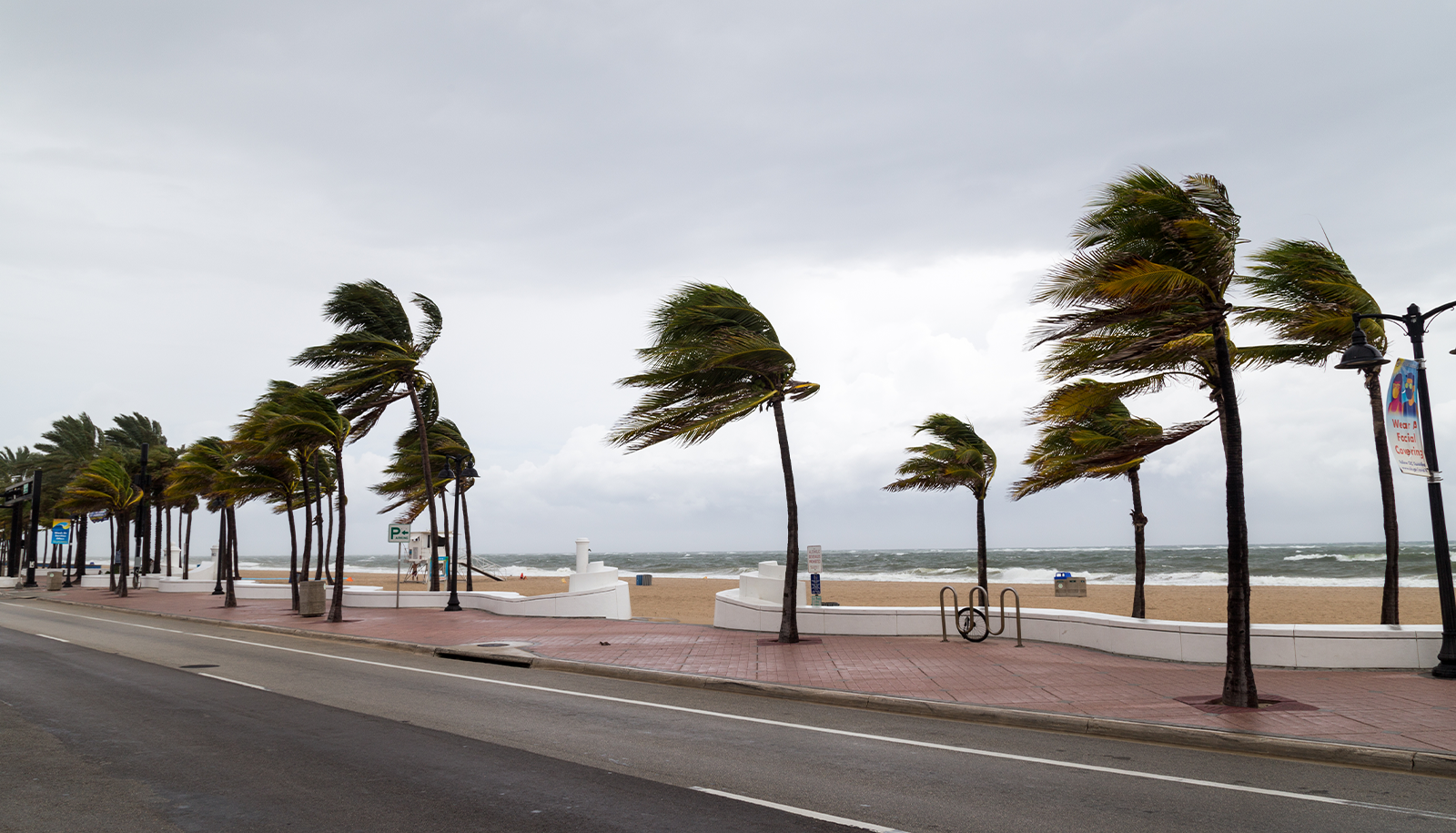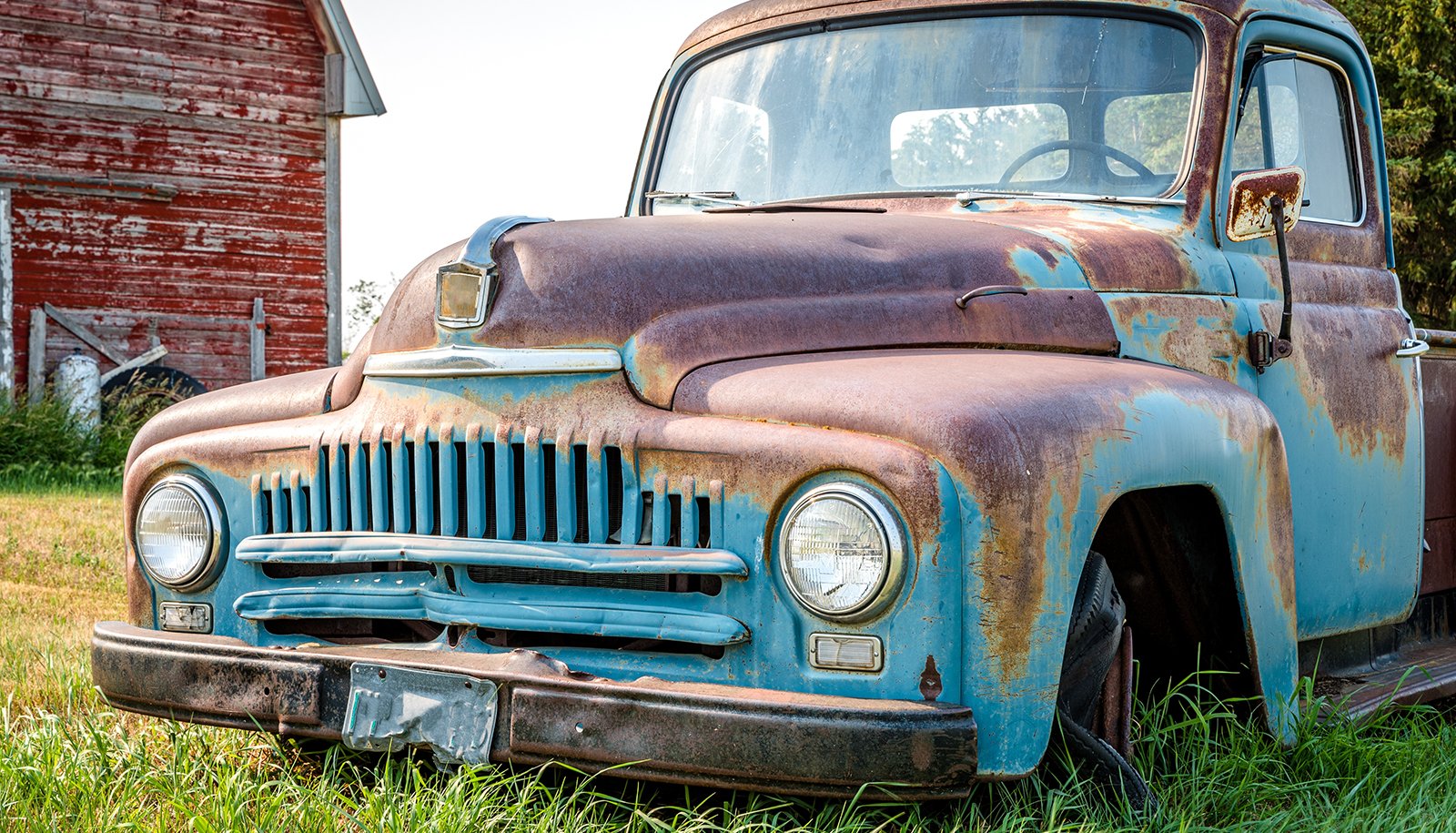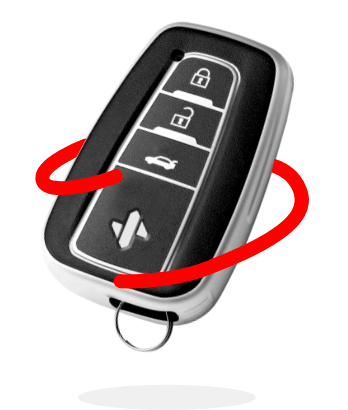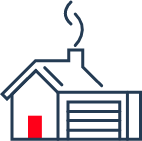If you live in the Southeast United States — especially in Florida — hurricanes are a big concern.
But what if a storm hits and it's technically not a hurricane? What do you do then?
In this post, you’ll learn the difference between tropical storms and hurricanes, as well as how to protect your property in the event of either storm.
WHAT IS A TROPICAL STORM?
A tropical storm is often the stage prior to a hurricane; these storms are cyclone shaped and develop over tropical waters. Tropical storms include thunderstorms, heavy rain, and can have near hurricane-strength winds, leaving significant destruction in their paths.
Tropical storms are also often given names so they can be easily identified.
Where and when do tropical storms occur?
While tropical storms can occur all over the world, they are extremely prevalent in the Southeastern United States, including those states along the Atlantic Ocean and the Gulf of Mexico.
In particular, Florida, Texas, North Carolina, and Louisiana, are incredibly susceptible to both tropical storm and hurricane damage.
In the Eastern United States and Caribbean, hurricane season is from June 1st to November 30th, though it’s possible to see both tropical storms and hurricanes before or after the season.
When does a tropical storm become a hurricane?
Since a tropical storm does not have the strength of a hurricane, it’s not the same thing as a hurricane. However, as we mentioned, a tropical storm is often the beginning stages of a hurricane.
So what’s the big difference between the two storms? The most notable difference between a tropical storm and a hurricane is wind speed. Once a tropical storm’s wind speed increases to 74 miles/hour or more, it’s considered a hurricane.
STAGES OF A HURRICANE
Before a storm becomes a hurricane, there are several stages that occur first.
- Tropical Disturbance: This first stage of a storm is often categorized as a thunderstorm and has winds under 23 miles/hour.
- Tropical Depression: When thunderstorms start to create a wind flow in a cyclone motion and winds increase to over 23 miles/hour, the storm becomes a tropical depression.
- Tropical Storm: As the storm starts to gain strength and winds move to 39 to 73 miles/hour, it becomes a tropical storm.
- Hurricane: Finally, at its most powerful, the storm officially becomes a hurricane with winds of 74 miles/hour or more. Hurricanes themselves are categorized by a scale of five categories known as the Saffir-Simpson Hurricane Scale.
Other Storm Terminology
Though not included in the hurricane stages, there are a few related types of storms or storm terminology that will be of interest.
- Tropical Cyclone: A type of storm that originates over tropical waters and moves in a cyclone-like shape. Tropical depressions, tropical storms, and hurricanes are all types of tropical cyclones.
- Tropical Storm Watch: When a tropical storm is possible in an area in the next 48 hours.
- Tropical Storm Warning: When a tropical storm is possible in an area in the next 36 hours.
- Hurricane Watch: When a hurricane is possible in an area in the next 48 hours.
- Hurricane Warning: When a hurricane is possible in an area in the next 36 hours.
- Storm Surge: An abnormal rise in sea level due to a tropical cyclone.
DAMAGE FROM TROPICAL CYCLONES
No homeowner wishes for a tropical cyclone of any kind to cause damage to their property, but it’s a reality for many homes. Preparing by knowing what to expect can make a huge difference in case of a catastrophe.
What damage do tropical storms and hurricanes causes?
When it comes to property damage, there are five major areas of concern in the event of a tropical storm or hurricane, including:
- Heavy rainfall and flooding
- High winds or gusts
- Rip currents
- Storm surge
- Tornadoes
Who is at risk for tropical storm or hurricane damage?
As we discussed, those homeowners along the Southeast United States and in close proximity to the Atlantic Ocean or Gulf of Mexico are at the greatest risk for the damage above.
Then, any home located in a flood zone is susceptible to flooding from rainfall or storm surges. Additionally, any home in the storm zone is vulnerable to harsh high wind damage.
How can I make sure my house and property are covered in the event of a tropical storm or hurricane?
If you are in a flood zone or in a state that is likely to have a hurricane, it’s essential to speak to your homeowners insurance agent to ensure adequate coverage.
Many insurance companies will not let you add or change any new or existing policies if there’s a named storm on its way (or a storm given a specific name). Be sure to ask about both windstorm and flood insurance.
Both tropical storms and hurricanes can be dangerous natural disasters, causing untold damage. Make sure your property and family are protected with the right coverage.
If you need help finding the best homeowners insurance coverage for the best price, start by speaking to a SimplyIOA agent at 833.872.4467 or get a homeowners insurance quote online now.










